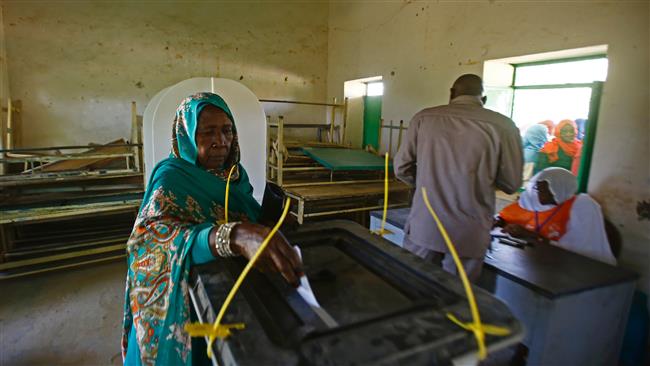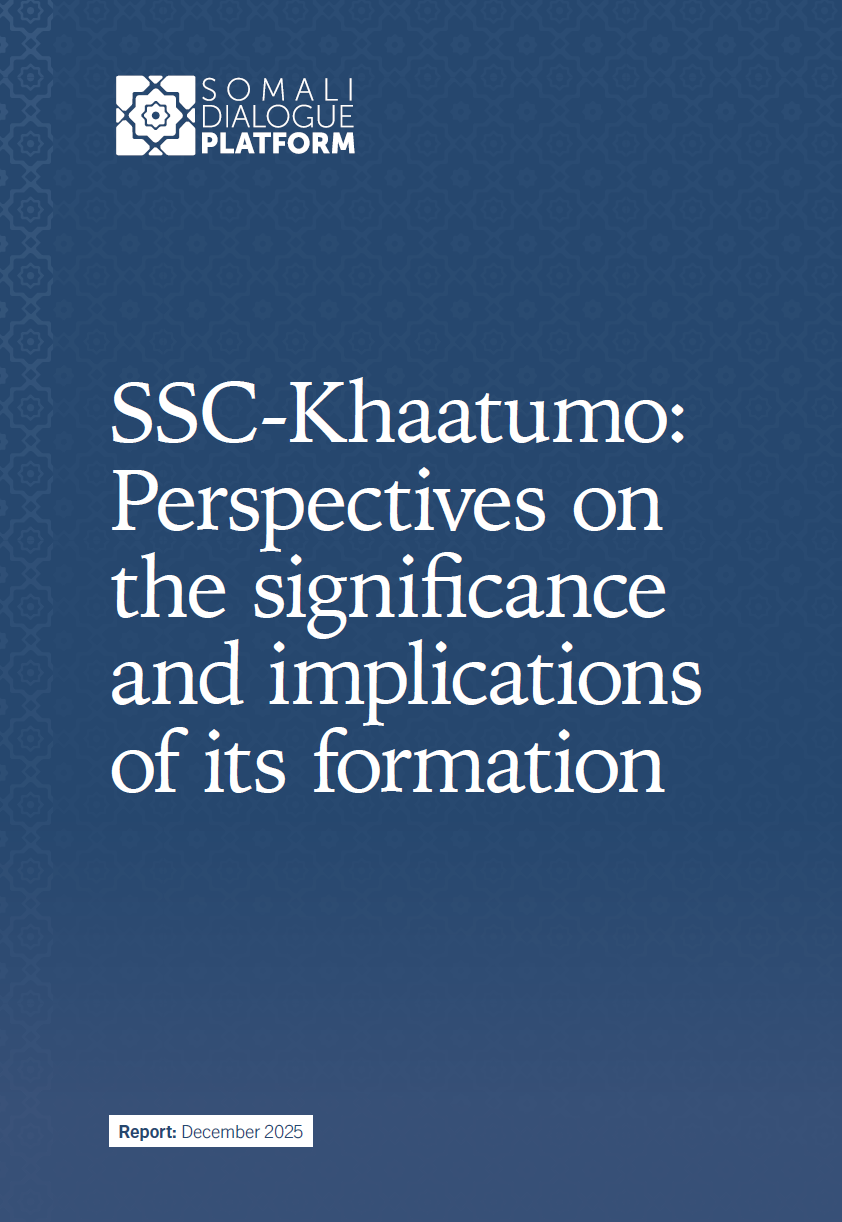This blog post was written by Douglas Johnson and Guma Kunda Komey, the Co-Directors of Studies for the Rift Valley Institute’s Sudan and South Sudan Course, which will be taking place in Entebbe, Uganda from 25 June – 1 July 2016. This year’s course will look back into the history of both countries in order to look ahead. The course will examine the range of explanations for enduring and interconnected conflicts and crises in both countries, asking why efforts to address these conflicts from within and without have so often failed and sometimes made things worse. It will also consider how everyday life carries on in such circumstances, and how it is shaped by conflict. The RVI courses are designed for policy-makers, diplomats, investors, development workers, researchers, activists and journalists—for new arrivals to the region and those already working there who wish to deepen their understanding. For more information on the Sudan and South Sudan Course and RVI’s two other Field Courses—the Great Lakes and the Horn of Africa—please visit RVI Field Courses.

Following the signing of the Comprehensive Peace Agreement (CPA) in 2005, a common hope was that Sudan stood a historical chance for ‘attractive unity’, economic prosperity and socio-political stability. By the end of the transitional period in 2011, however, disunity (separation) had been made attractive, resulting in a ‘bitter and incomplete divorce’. The two Sudans now each face internal civil wars, economic collapse and political instability. The democratic transformation promised by the CPA has yet to take root in either country. The ruling National Congress Party (NCP) in Sudan has further entrenched its position against a divided opposition while intensifying its military offensives in Darfur, South Kordofan and Blue Nile. In South Sudan the ruling Sudan People’s Liberation Movement (SPLM) has increasingly come to resemble the oppressive Khartoum regimes against which it rebelled, with its military responses to political dissent and regional discontent. The hesitant formation of a Transitional Government of National Unity (TGoNU) in Juba has yet to create public confidence that the country will return to peace after two years of massive and violent conflict. Unresolved issues between Sudan and South Sudan include the border, the future of Abyei and sharing the shrinking proceeds of a troubled oil industry. Today, five years after the separation, there are few positive signs in the political, social and economic fronts. Instead, there are signs of further political, social and economic deterioration.
In 2015, Sudan experienced a further escalation of wars, associated with gross human rights violations in Darfur, South Kordofan and Blue Nile. Despite numerous rounds of peace negotiations, no breakthrough has been made. The entire political landscape of Sudan continues in disarray. Both political and armed and opposition groups suffer from a lack of consensus and recurring political fractures despite their sustained attempts to develop united positions in declarations signed in Kampala, Addis Ababa, Paris and elsewhere. The ruling NCP and its allies continue to hang on to power, but with high political and economic cost, and tremendous practical difficulties, partly due to serious power struggles within the regime itself. Political disorder, growing violent conflicts and economic fragility, associated with a growing trend of massive poverty, are the common features of Sudan today. This gloomy situation is an inevitable result of the regime’s bad governance, associated with widespread institutional corruption, lack of rule of law and democracy and the prevalence of human insecurity. In January 2015 the government made controversial constitutional amendments to consolidate the powers of the National Intelligence and Security Service (NISS) and to grant the president greater powers to appoint and remove state governors. In April 2015, President Bashir was re-elected for five years amid reports of low voter turnout, fraud and vote-rigging. The main political opposition parties boycotted the elections.
Following his re-election, Bashir vowed that ‘The year 2016, God willing, will be the end of the insurgency and the security problems in Blue Nile, South Kordofan and Darfur’. Towards that end, the combined forces of the Sudan Armed Forces (SAF), NISS-linked Rapid Support Forces and Janjaweed militias launched massive military offensives as part of the government’s ‘Decisive Summer’ military campaign against rebels in Darfur and the Two Areas. The Justice and Equality Movement (JEM) lost major territories in South Darfur. The rebel Sudan Liberation Army-Abdul Wahid (SLA-AW) continued to control major parts of Jebel Marra but in April 2016 government forces claimed to have captured the last rebel stronghold area there. The leaders of the two rebel Darfuri movements acknowledged losing some major battles but not the war. As war intensifies, the humanitarian situation worsens rapidly in Darfur resulting in the displacement of over 430,000 people this year, with over 105,000 people displaced from recent fighting in Jebel Mara. Despite the dire humanitarian situation, access was persistently denied for humanitarian agencies while the UNAMID movements were frequently restricted.
In the Two Areas of South Kordofan and Blue Nile the war has continued unabated, with government forces intensifying ground and aerial attacks in Sudan Peoples Liberation Movement/Army-North (SPLM/A-N)-held areas. Government forces launched its fifth Summer Offensives military campaign leading to the most violent episode in the two regions. With Kauda, the symbolic capital of the SPLM/A-N, as their ultimate target, government forces simultaneously attacked rebel areas from five directions. Similar ground and air campaigns were carried out in Blue Nile. As the rainy season approaches there are no signs of a decisive victory against the rebels, as promised by the government. These large scale and multiple ground and aerial campaigns continue to cause massive displacement of civilians, followed by new waves of IDPs and refugees. Civilians are forced to abandon their homes and fields as they flee from relentless bombardment to live in desperate conditions while seeking refuge inside foxholes and caves, with limited access to food, water, medical care and human security.
There has been no breakthrough in peace negotiations. The African Union High-Level Implementation Panel (AUHIP) mediated peace talks in Addis Ababa between the government of Sudan and the SLA-Minni Minnawi (SLA-MM) and JEM Darfur rebel movements. The talks ended unsuccessfully, as the government reiterated its position that the Doha Document for Peace in Darfur (DDPD) should be the basis for the negotiations, while the SLA-MM and the JEM rejected this approach. As members of the Sudan Revolutionary Front (SRF)—a broad coalition of rebel groups in Sudan—the SLA-MM and the JEM have instead advocated for an inclusive national dialogue process leading to meaningful democratic reform. The same AUHIP mediated parallel talks between the Sudanese government and the SPLM/A-N of South Kordofan and Blue Nile states but after nine rounds of peace negotiations the talks also ended with no major progress.
On the political front in Darfur, the government went ahead to conduct a highly controversial referendum, which was part of the 2011 peace deal between the Sudanese government and one alliance of Darfuri rebels. But peace remains elusive in Darfur. On 23 April 2016, Khartoum announced that 97.72 per cent voted for the retention of five states as opposed to reconstituting Darfur as a single region. The referendum faced international criticism and an opposition boycott. The government claimed that the referendum was monitored by international observers including the Arab League and the African Union, while opponents argued that the prevailing political and security situation in Darfur is not favourable for conducting a fair and free referendum that would reflect the will of the people.
The government and opposition groups agree on having a political dialogue but each party has its own interpretation of what ‘dialogue’ (as a process, context and content) means. President Bashir’s own national dialogue initiative, which started earlier last year, has made little progress although it continues to be the main focus of political debates among different political opponents in the Sudan. The NCP-brokered national dialogue continues with no specified end date and no clear indication as to the next steps to be taken. All major opposition parties, including the National Umma Party (NUP), the Communist Party of the Sudan and the Reform Now Party, as well as all major Sudanese armed movements, continue to boycott the process. They maintain that an enabling environment for a genuine, credible and inclusive dialogue is not in place. The six subcommittees of the National Dialogue Conference have already completed their debates and submitted their recommendations to the secretariat. One key recommendation is the formation of a four-year national reconciliation government. However, opposition is sceptical about the motives behind the NCP-brokered national dialogue. They claim that NCP and its allies are using the national dialogue to bring over opposition parties and give a certain democratic legitimacy to the renewal in power of the NCP. For the opposition, ‘regime change’ remains the option, though many critics and observers question its practicality, given the quality of the opposition leadership and their inability to collectively convince the international community that they are a viable alternative regime.
The opposition maintains that they are for a ‘regime change’ and a comprehensive political solution that leads to a just, comprehensive peace and democratic transformation in the whole of Sudan. The armed movements and civilian signatories to the 2014 Sudan Appeal, a political communiqué calling for regime change, have agreed on a political charter for changing, restructuring and building the Sudanese state. The new Charter, signed in Paris in April 2016, sets out the basis and principles for the management of the four-year transitional period to achieve peace, security and democratic transformation in Sudan. The Sudan Appeal signatories—the NUP, Sudanese Communist Party, Coalition of the of National Consensus Forces, civil society organizations, SPLM-N Malik Agar, JEM and the SRF—describe what has been reached in Paris as a big leap forward toward achievement of the goals of the Sudanese people for change.
As war continues to escalate with stalemate in peace negotiation and national dialogue, the overall trend of the Sudanese economy is that it is steadily declining in all key economic aspects. The Sudanese Pound has dropped sharply against US Dollar to reach more than SDG13 in the parallel (black) market in Khartoum after it was gravitating around SDG12 to SDG12.3 at the beginning of the this year. Political instability, massive and multiple military operations, institutional corruption and economic uncertainty compromise the enabling environment for business and economic development, growth and employment. Other constraints include inadequate infrastructure services (e.g., transport and electricity), access to finance, taxation policies, increasing levels of poverty and a weak currency. As a consequence, Sudan remains a highly indebted country that has accumulated sizeable external debt that stood at $45.1 billion in nominal terms.
The untimely—or—timely death of Dr Hassan al-Turabi in March 2016 is one of the most important recent events in the Sudanese public space. His death will definitely influence and shape the path of Sudan in the near future for he was one of two poles driving the wheel of governance, politics and intellectual dynamics in Sudan. He was the religious pole and reference point to all present factions of the Islamic Movement in Sudan, namely: the Islamic Movement members in the governing NCP, in the Popular Congress party, and in the Reform Now Party, among many others, except the Sufi sects. The majority of the Sudanese Muslims are affiliated and diehards in Sufi moderate sects. The second pole is President Bashir who is the political focal point and reference around which all members of the ruling party and its allies rotate. The charisma, intelligence, power of initiative and the contemporary endeavours of modernizing Islam of Dr Turabi will continue to influence the Sudanese political, religious and socio-economic affairs in the foreseeable future. How his legacy will affect either the re-unification or further disintegration of the Islamic Movement in Sudan and, therefore, on the entire Sudanese public space, remains to be seen.



